79, rue des Archives
75003 Paris
01 40 61 50 50
Venir à la fondation
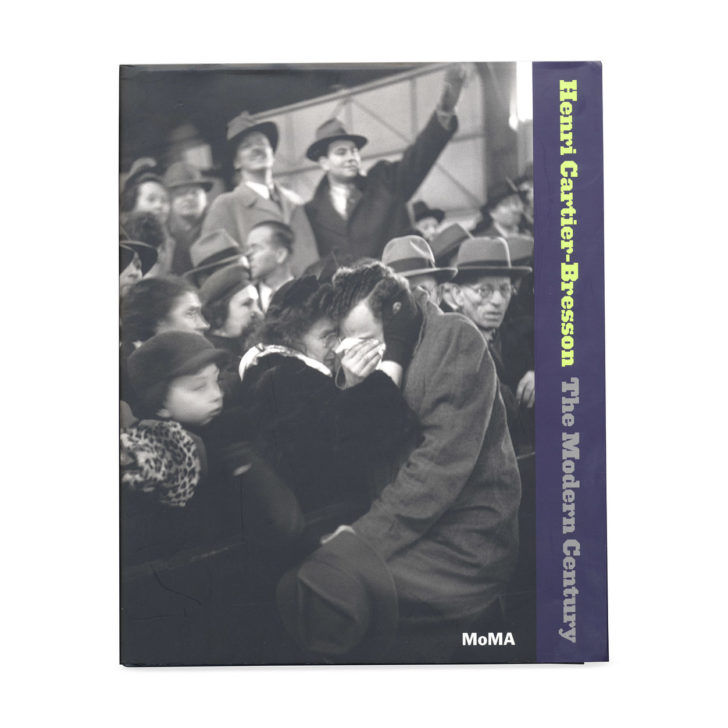
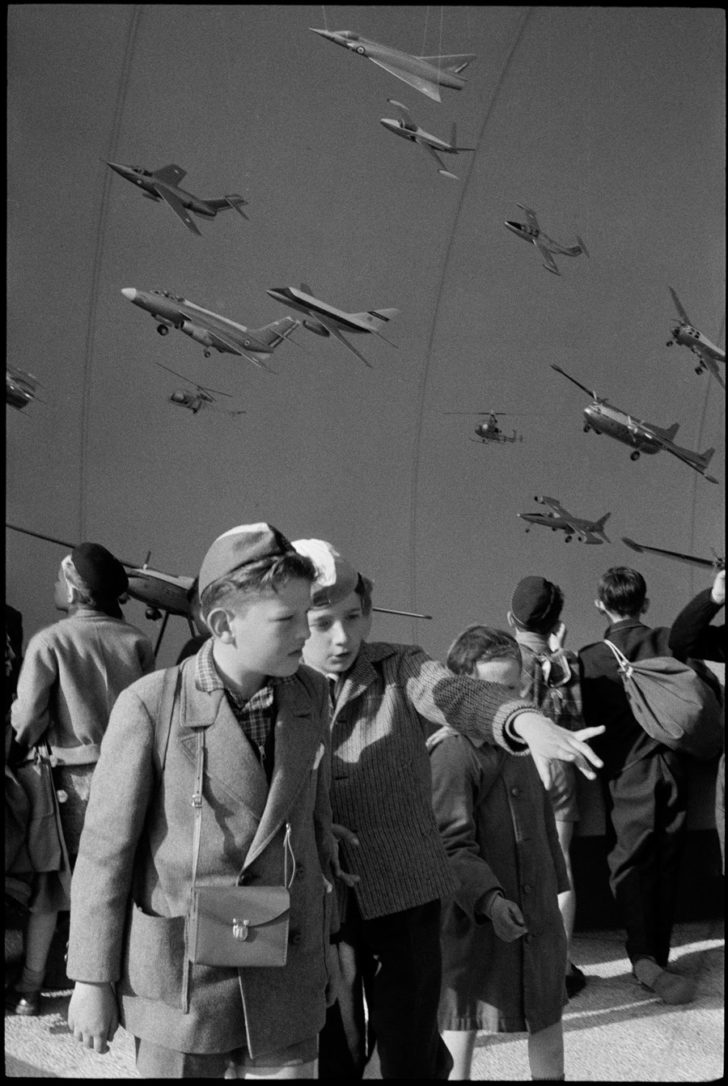
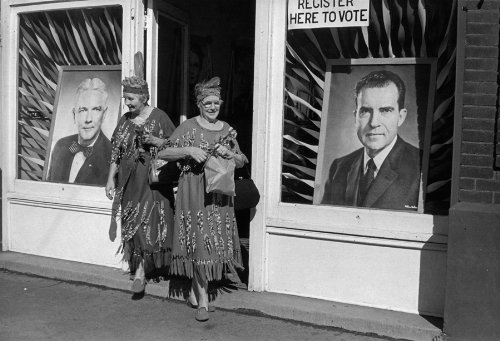
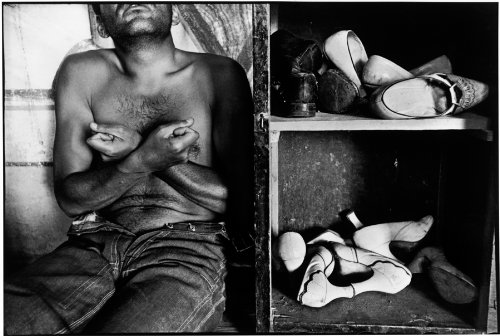
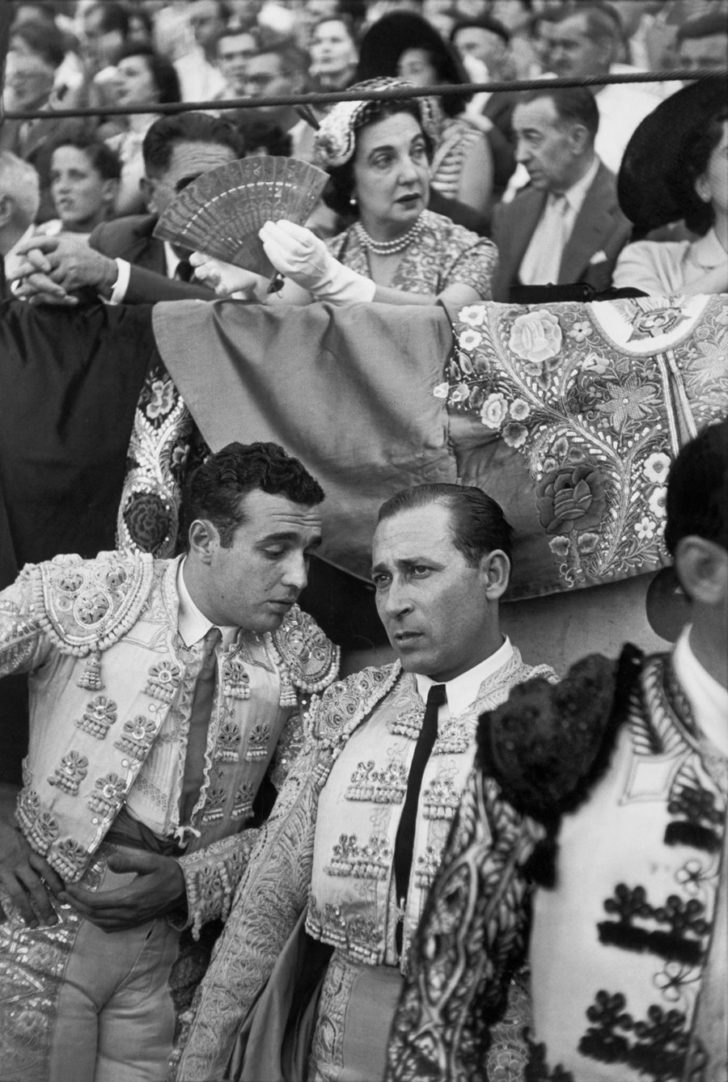
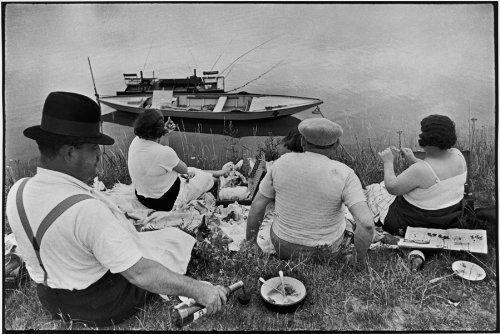
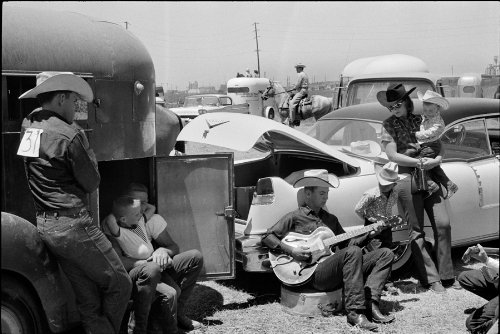
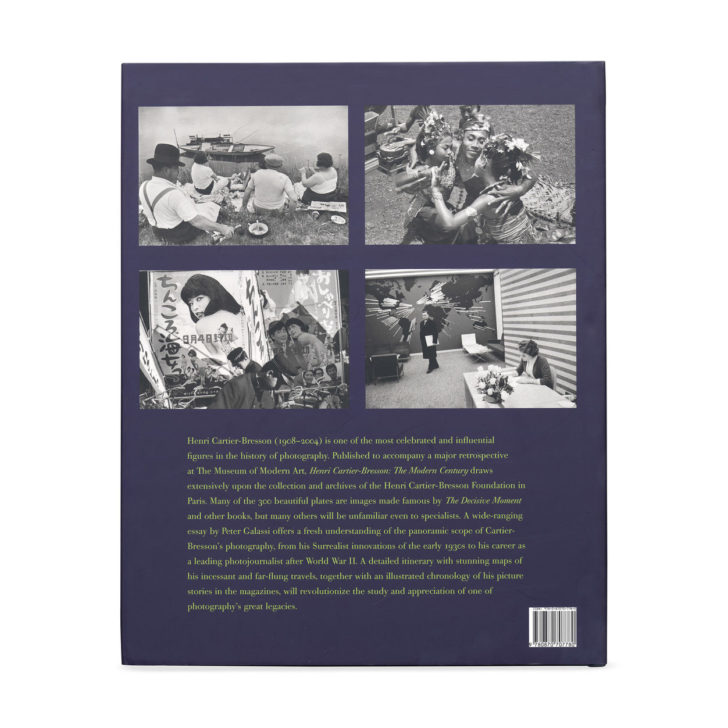
Henri Cartier-Bresson (1908–2004) is one of the most original, accomplished, influential, and beloved figures in the history of photography.
« Your first 10,000 photographs are your worst. »
Henri Cartier-Bresson
His inventive work of the early 1930s helped define the creative potential of modern photography, and his uncanny ability to capture life on the run made his work synonymous with “the decisive moment”—the title of his first major book. After World War II (most of which he spent as a prisoner of war) and his first museum show (at MoMA in 1947), he joined Robert Capa and others in founding the Magnum photo agency, which enabled photojournalists to reach a broad audience through magazines such as Life while retaining control over their work.
In the decade following the war, Cartier-Bresson produced major bodies of photographic reportage on India and Indonesia at the time of independence, China during the revolution, the Soviet Union after Stalin’s death, the United States during the postwar boom, and Europe as its old cultures confronted modern realities.
For more than twenty-five years, he was the keenest observer of the global theater of human affairs—and one of the great portraitists of the twentieth century. MoMA’s retrospective, the first in the United States in three decades, surveys Cartier-Bresson’s entire career, with a presentation of about three hundred photographs, mostly arranged thematically and supplemented with periodicals and books.
This volume offers an entirely new understanding of the photographer’s extraordinary career and its overlapping contexts of journalism and art.
Photographies
Par Henri Cartier-Bresson
Textes
Par Peter Galassi
24,1 x 30,5 cm
Photographies en noir et blanc
Disponible en version anglaise uniquement / Available in English only
Shipments limited to Europe.
épuisé